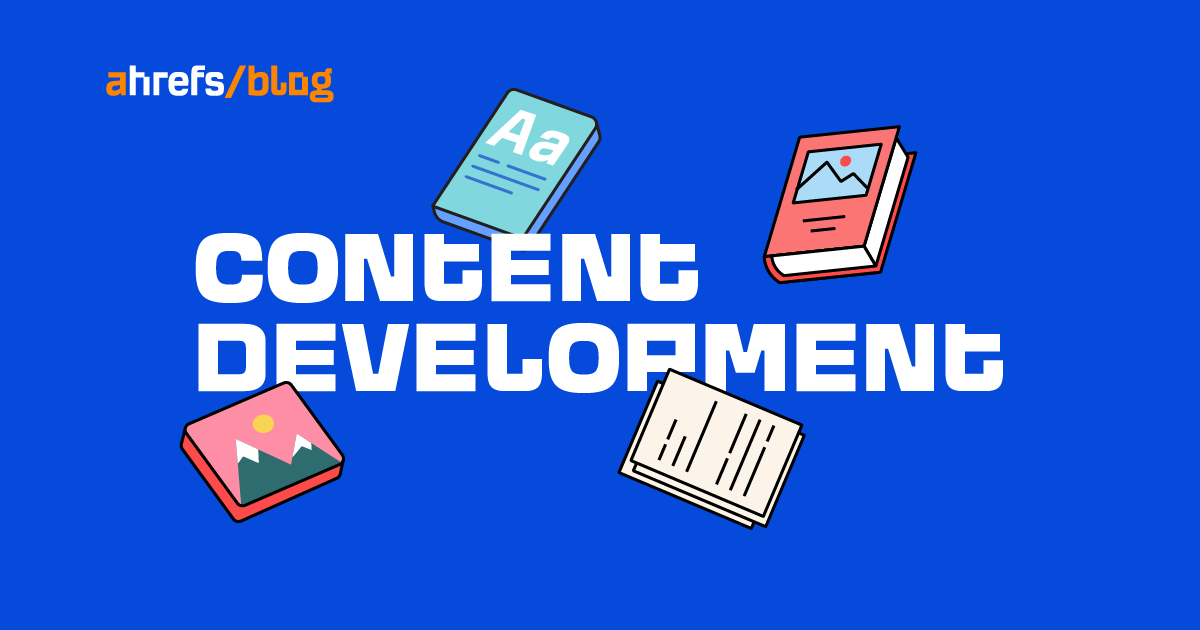Google Updates Documentation On Meta Descriptions via @sejournal, @martinibuster
Google's documentation for how to control search snippets was updated to include examples of good and bad meta descriptions. The post Google Updates Documentation On Meta Descriptions appeared first on Search Engine Journal.

Google updated its documentation on creating high-quality meta descriptions that will show up in the search results by adding examples of best and worst practices.
The change was made in the documentation for controlling the snippet in the search results.
Meta Description in Search Snippets
Search snippets are the summaries and descriptions shown in the search results for sites that rank.
Google’s documentation shares how to control the search snippets in the search results.
The data used to generate the search snippet traditionally comes from the meta description and, sometimes, the content itself.
Meta descriptions generated from page content used to be called ransom notes because they sometimes appear to be random snippets with keywords in them.
Google’s change to the search snippet guidance adds more examples of the right and wrong ways to create meta descriptions.
Examples of Meta Descriptions
Google listed four categories of good and bad meta description examples.
Here is the list of the four bad ways to create meta descriptions:
Bad Category Examples
List of keywordsGoogle calls out meta descriptions that are simply a list of Keywords describes meta descriptions that contain keywords and don’t bother to summarize anything. Same description is used for every news article
This is when meta descriptions are templated and are the same for different web documents. Doesn’t summarize the page
This is a common mistake for meta descriptions. It’s easy to fall into the habit of writing meta descriptions focused on the keyword phrase or the topic and forget to summarize what the page is about. Too short
This is self-explanatory and kind of similar to the previous one. If the meta description is so concise that it doesn’t summarize the webpage, then it’s not optimized.
Examples of Better Meta Descriptions
Google then lists examples of meta descriptions they approve of.
Describe the business, not the webpageThe first meta description example relates to a brick-and-mortar business that uses a meta description describing what is sold, the company’s location, and hours of operation. That’s interesting because it’s not a description of what is on the webpage but a description of what the business is about. Essentially, that’s information about the business users would like to know. Use webpage content
The second example of a good meta description is one from a news article that uses a snippet from the article itself. That’s interesting, too. If the CMS has a function that retrieves the first 70 or so words from each piece, then that means it’s important to summarize what the article is about in the very first sentence, which is a good practice to begin with. Using the first sentence from a page of content is a solution used in some forum software, so it’s good to see that approach validated. Summarize
In the third best practice, Google says that summarizing the entire webpage is the best way to approach meta descriptions. This is probably the essence of what Google wants from a meta description. Be specific and detailed
The last example is a meta description for a product page. The recommendation for this situation is to focus on the specific details of the product for sale on a product page. This is Google’s example of a product page meta description: "<meta name="description" content="Self-sharpening mechanical pencil that autocorrects your penmanship. Includes 2B auto-replenishing lead. Available in both Vintage Pink and Schoolbus Yellow. Order 50+ pencils, get free shipping.">"
Best Practices for Meta Description
The examples of high-quality meta descriptions are a helpful addition to the documentation on controlling the search snippet.
Most of the content in the updated section about meta descriptions is remarkably consistent with previous articles published by Google on the same topic.
For example, way back in 2007, Google published that it was acceptable to programmatically add meta descriptions by repurposing on-page content:
“For larger database-driven sites, like product aggregators, hand-written descriptions are more difficult.
In the latter case, though, programmatic generation of the descriptions can be appropriate and is encouraged—just make sure that your descriptions are not “spammy.”
Good descriptions are human-readable and diverse, as we talked about in the first point above. The page-specific data we mentioned in the second point is a good candidate for programmatic generation.”
Google updated the documentation for how to scroll the website snippet shown in search results by improving the section about meta descriptions. The improvement is to show examples of what it means to have a high-quality meta description for different kinds of webpages.
The overall takeaway can be said to be accurate and descriptive about what the webpage is about. If it’s about a product, then describe the product in the meta description. If the page is informational, summarize the entire webpage; in some cases, it’s okay to use content directly from the webpage itself.
Citation
Read Google’s updated guidance here:
Control your snippets in search results – Use Quality Descriptions

 JimMin
JimMin 



























![Are You Still Optimizing for Rankings? AI Search May Not Care. [Webinar] via @sejournal, @hethr_campbell](https://www.searchenginejournal.com/wp-content/uploads/2025/06/1-1-307.png)




